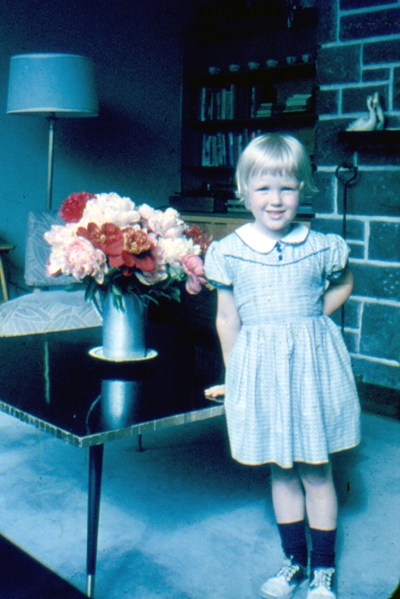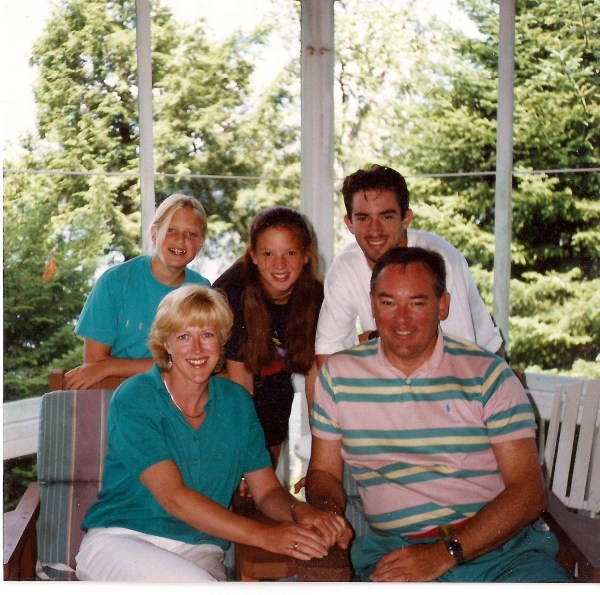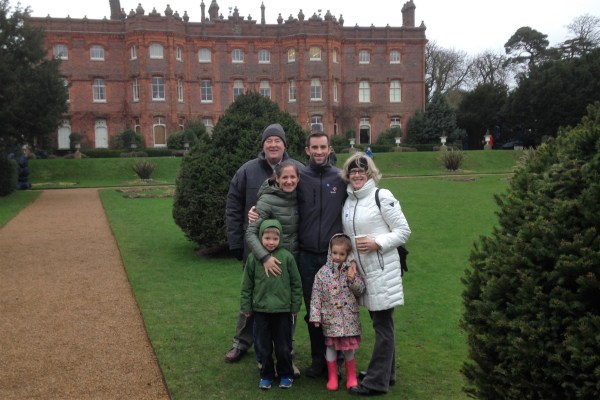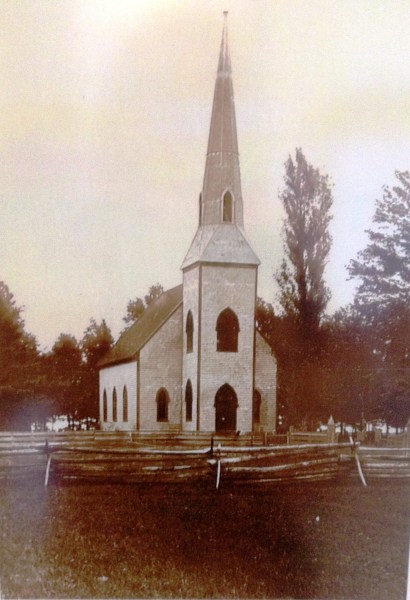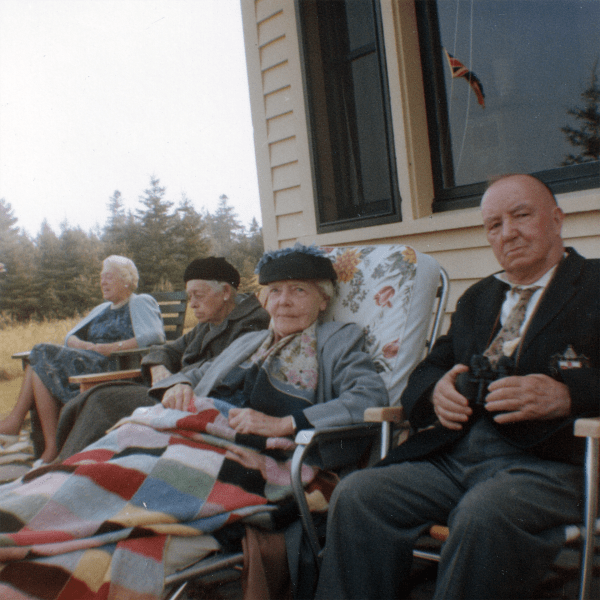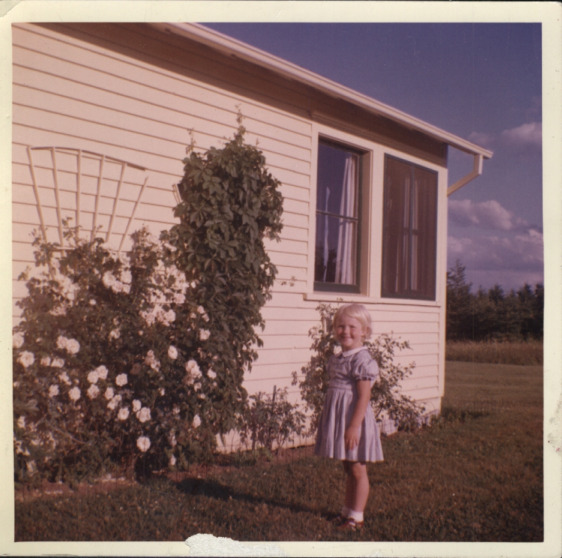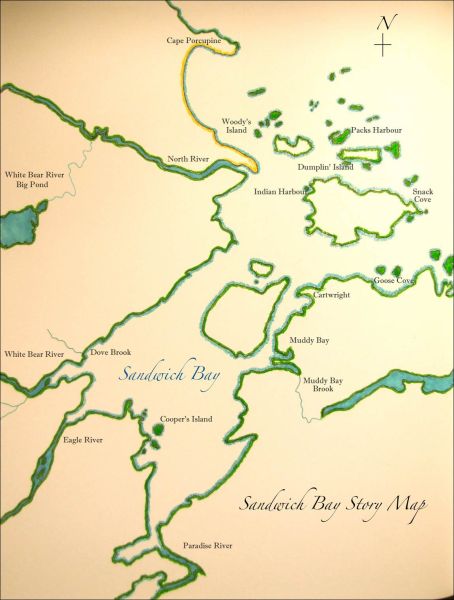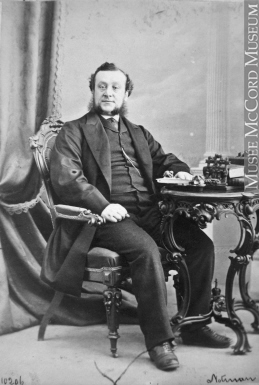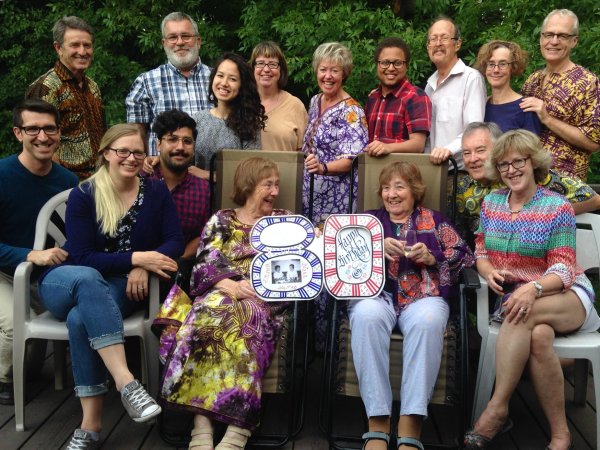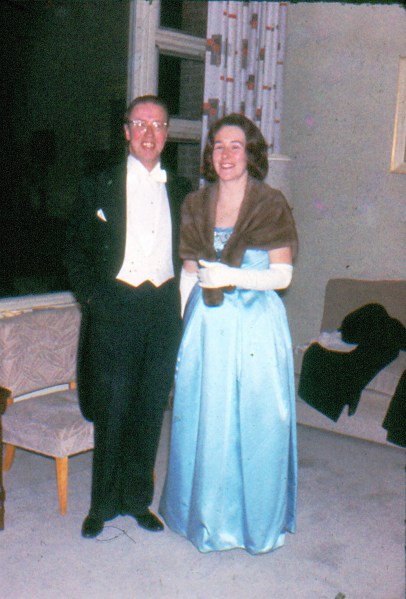Miss Marguerite Lindsay embraced her short life fully for 26 years before she volunteered with the Grenfell Mission and died tragically in Labrador.
Marguerite was the youngest of the Lindsay’s six children. Her father was a stockbroker who later took an active interest in philanthropy – especially the Montreal arts. Her mother actively took part in Church of St. John the Evangelist in Montreal while raising her family. They were one of the prominent English Montreal families at the time and considered to be upper middle class.
At one point the family maintained two homes – their life long home in Montreal at 455 Sherbrooke Street West* and also one in London, at 8 Radnor Place in Hyde Park, acquired at the beginning of the war in 1914.
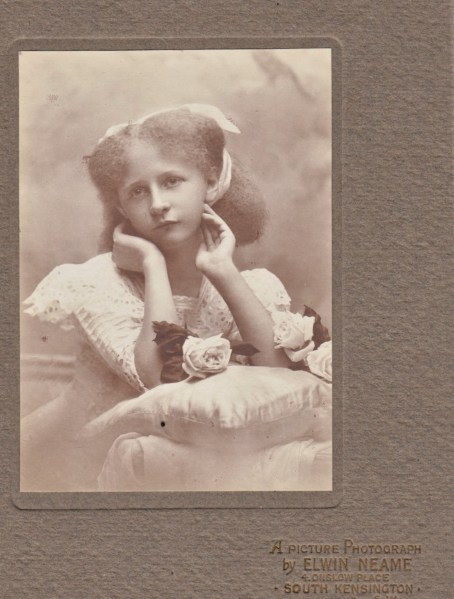
She grew up privileged and loved.
The 14-year span between her and her eldest sibling meant she had the advantage of being doted on by the whole family. Her three brothers were gentlemen and “gentle men” who loved their baby sister dearly. Her eldest sister Ada married and moved to Vancouver and her other sister Marjorie remained single having missed out on her one true love when her parents denied her move to South Africa. Perhaps this enabled Marguerite to pursue her life and interests more freely as Marjorie remained at home with their parents.
The Montreal newspapers, at the time, covered social events that interested the general public. Luckily young Marguerite and her family actively took part in many of these events and her name popped up several times in my research.
Here is an example of the activities during her teenage years:
- 1910 – Volunteered at the Victorian Order of Nurses (VON) benefit.
- 1911 – Enjoyed a New Year’s visit to Kingston with brother and mother to visit the Bishop and his family.
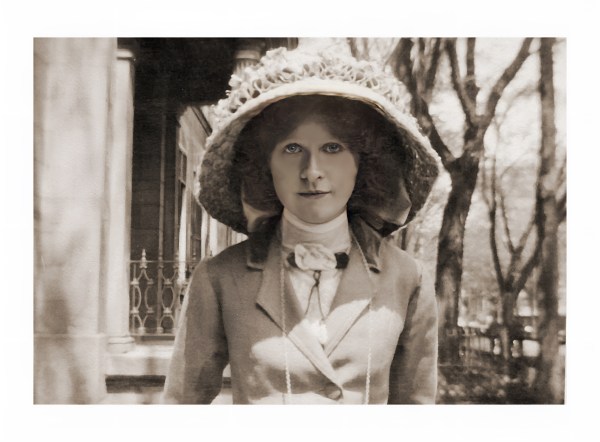
1915 – Assisted with flower pergola for military tattoo
1916 – Assisted in the sale of candy and small painted programs with Alison Aird at Her Majesty’s Theatre
1916 – Assisted at fundraiser tea for Grenfell (!)
1916 – Volunteered with the Christ Church Guild in charge of fancy (needle) work.
1917 – Assisted with the Red Cross tea and art gallery with special exhibit on war trophies.
1918 – Bridesmaid at friend’s wedding.
1918 – Holiday time at Laurel House NJ with her brother and mother.
1918 – Went to Kingston to visit Bishop Mills and family again.

When Marguerite returned home after her nursing career during The Great War, not surprisingly, there were more women than men. The women’s rights movement had already made progress for women’s suffrage, education and entry into the workplace so there were many opportunities for young women other than marriage.
Now an experienced and mature single lady in her early twenties, she enjoyed the whirlwind of society and, once again, the local newspapers covered it all!
In October 1919, she attended the Prince of Wales Ball and Dinner as one of the 1100 guests. A few months later, her mother hosted a ball for her and her older sister, Marjorie (age 30), at the Ritz Carlton Hotel … probably for them to meet young men and increase their marriage prospects! Later that same year, she enjoyed an afternoon reception held by Commander Ponteves and his officers onboard a French frigate sent to Montreal for the St. Jean Baptiste festivities and yet another dance at the Ritz Carlton … this time for Mrs. Godfrey’s daughters (probably also looking for husbands).
The last year before her death (August 1922) was a busy one. Early in 1921, Marguerite travelled to Lake Manitou in Ontario with her brother Stanley for a weekend of skiing and skating with her friends, the Airds. She then joined the Aird family for “some weeks” in Italy during April and May.
Back she sailed to Montreal in June in time for her oldest brother Lionel’s wedding – and then onto Vancouver for an extended visit with her sister Ada and her family. Whew!
Vancouver society happily welcomed the Montrealer and this was some of her itinerary during her four month visit!
July 7 – Attended a tea to honour the Dame Nellie Melba, an Australian Opera Singer, along with her sister Ada and her aunt Mrs. Herbert Drummond.
Aug 5 – Attended a tea hosted by Mrs. McCrae of Hycroft Manor in honour of the visiting naval officers on the U.S. Battleship Tennessee.
Oct 14 – Assisted at a tea given at the Jericho Club in honour of Mrs. Cornelius Vanderbilt.
Oct 17 – Attended a luncheon with the Kumtuks Group who gave an interesting presentation entitled “A glimpse at the timber resources of British Columbia”.
Oct 22 – Attended a dinner party and informal dance at the Jericho Club again.
Oct 28 – Attended the annual Halloween fancy dress and masquerade at Glencoe Lodge.
Oct 30 – “Miss Marguerite Lindsay, daughter of Mr. And Mrs. Robert Lindsay of Montreal, who has been visiting her sister, Mrs. Ada Griffith, for several weeks will return to her home this week. Miss Lindsay has a distinguished war record, having been a V.A.D. during the war in Lady Juliet Duff’s Hospital in Grosvenor Square, London, and serving later in the Canadian Officer’s Convalescent Home at Sidmouth, Devon.”
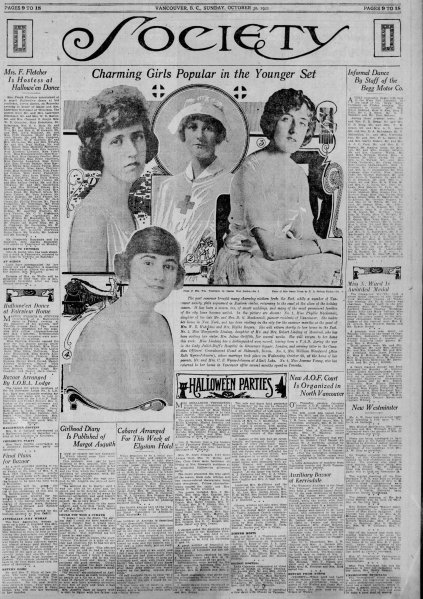
And at the end of her four month visit, the following glowing tribute was published in a Vancouver newspaper:
“It is always sad when people go, and no one will be more missed than Miss Marguerite Lindsay, who also leaves today. She has been spending the summer with her sister, Mrs. Julius Griffith. She is just full of life, and keen on everything, dancing, tennis, bridge and golf, so has been in great request everywhere.” (Vancouver Daily World, Society Page, 29 October 1921)
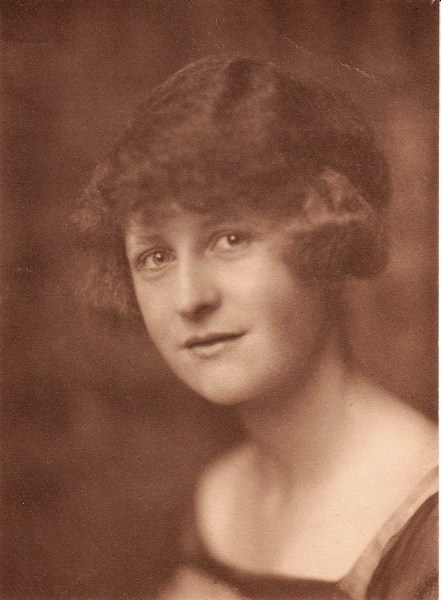
Here are all the links to Miss Lindsay’s story:
how i came to write miss lindsay’s tale
* previously 6 Prince of Wales Terrace and then finally changed to 1009 Sherbrooke Street West

